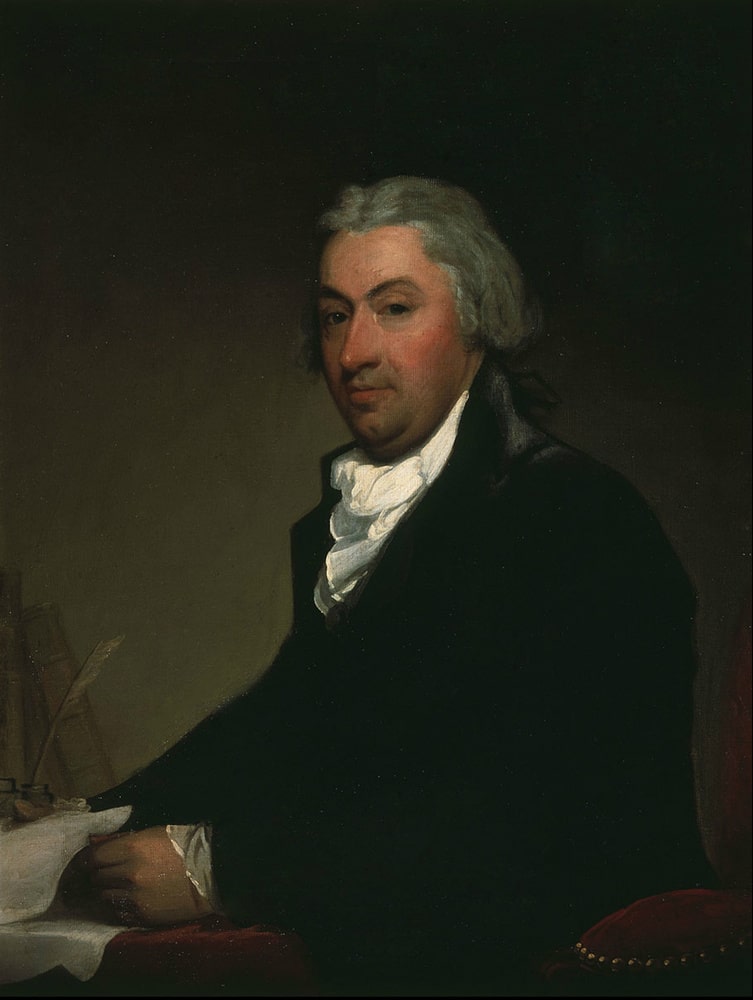Contents

Contents
Quick facts
- Born: 27 November 1746 in New York, New York.
- Robert R. Livingston was a prominent American lawyer, politician, and diplomat, playing an influential role in the early years of the United States.
- He was a member of the Committee of Five that drafted the Declaration of Independence, although he was recalled by his state before he could sign it.
- Livingston administered the oath of office to George Washington during his first inauguration as President of the United States in 1789.
- He served as the first Chancellor of New York, the highest judicial officer in the state, a position he held for over two decades.
- As the U.S. Minister to France, Livingston negotiated the Louisiana Purchase in 1803, effectively doubling the size of the United States.
- He was involved in early steamboat development, collaborating with Robert Fulton to launch the first successful steamboat on the Hudson River.
- Died: 26 February 1813 in Clermont, New York.
- Buried at St. Paul Episcopal Church in Tivoli, New York.
Biography
Robert R. Livingston was a delegate to the Continental and Confederation congresses and was on the committee that drafted the Declaration of Independence. He was the first confederation secretary for foreign affairs until 1784 and he served as New York’s chancellor, the chief equity judge. He was a member of the New York Ratifying Convention, and his notes of the debates are valuable in understanding the last, crucial days of the convention. As the highest ranking judicial officer in New York, he administered the oath of office to George Washington as president on April 30, 1789.

